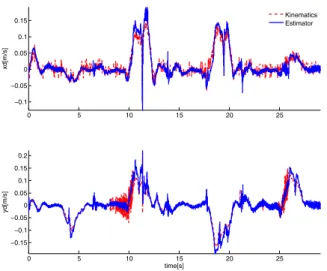Center of Mass Estimator for Humanoids and its Application in Modelling Error Compensation, Fall Detection and Prevention
Full text
Figure




Related documents
As for Final Year Project (FYP), humanoid robotic hand is build to handle the hazardous products such as radioactive elements. During the research and fabrication, there maybe
in two growth matrices, MHB and calf serum, for six clinical isolates of each of two bacterial.. species,
physical activity index (LTPAI) and the sport participation index (SPI) from early to late adolescence using nuclear family data.. Material
22. See infra Part III. See infra Part III.. in the language of traditional federalism rhetoric. 27 Instead, states may be regulating to motivate the federal government to
An automated talent management system assumes the role of HR programs integrator, captures corporate HR policies, and provides comprehensive reports and tools to support HR
The common name “purple erinium maple mite” was submitted to the ESA Common Names Committee in 2008.. The name was rejected because the term “erinium” was considered too
(5.56m x 5.54m) The centre piece of this room is the cast iron Calor gas burner which is recessed into an exposed brick built fireplace with timber surround and pamment tiled
Tables 3 and 4 show the performance of different machine learning models in respect of error (observed bilateral trade flow quantity - predicted quantity) distributions in training

